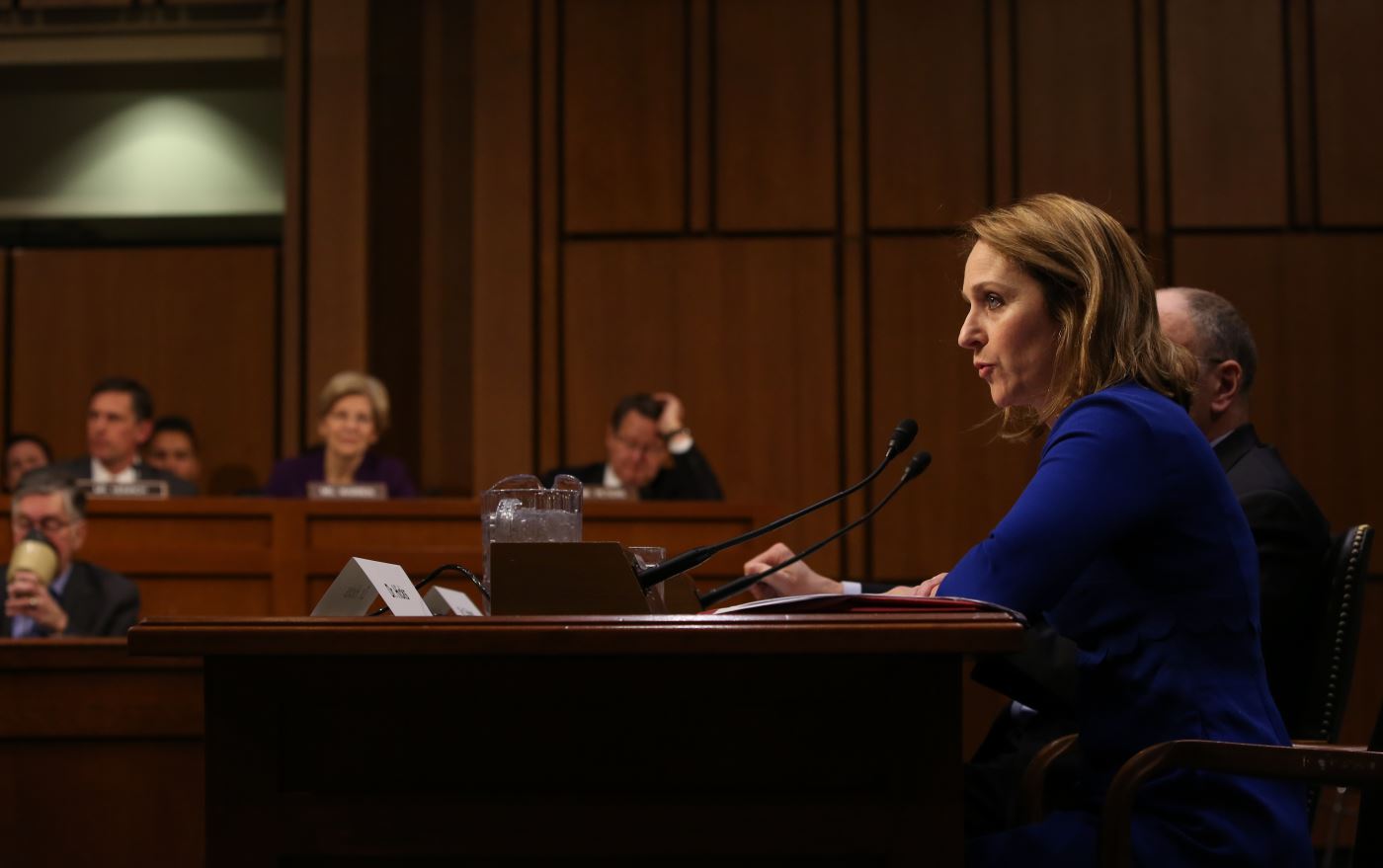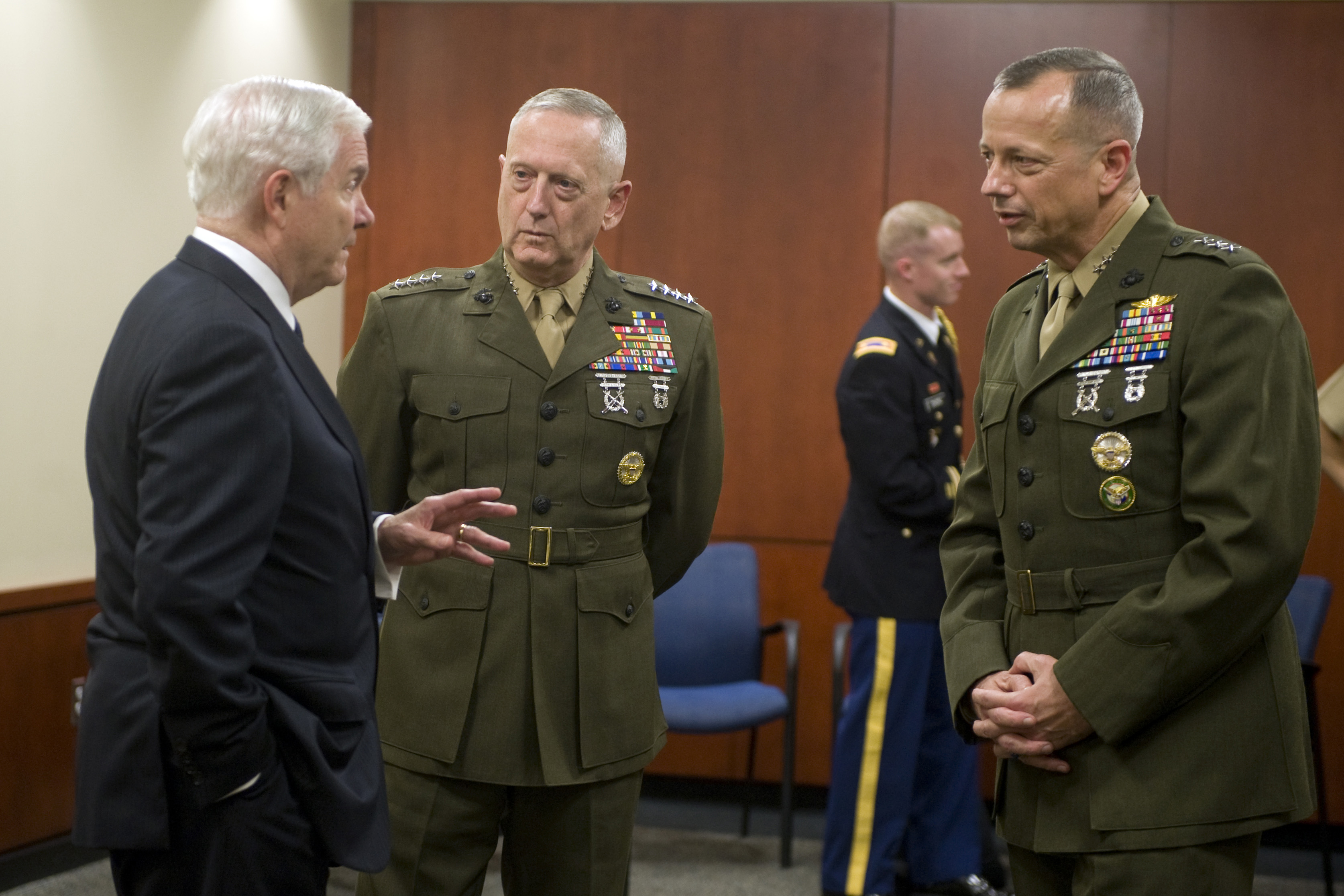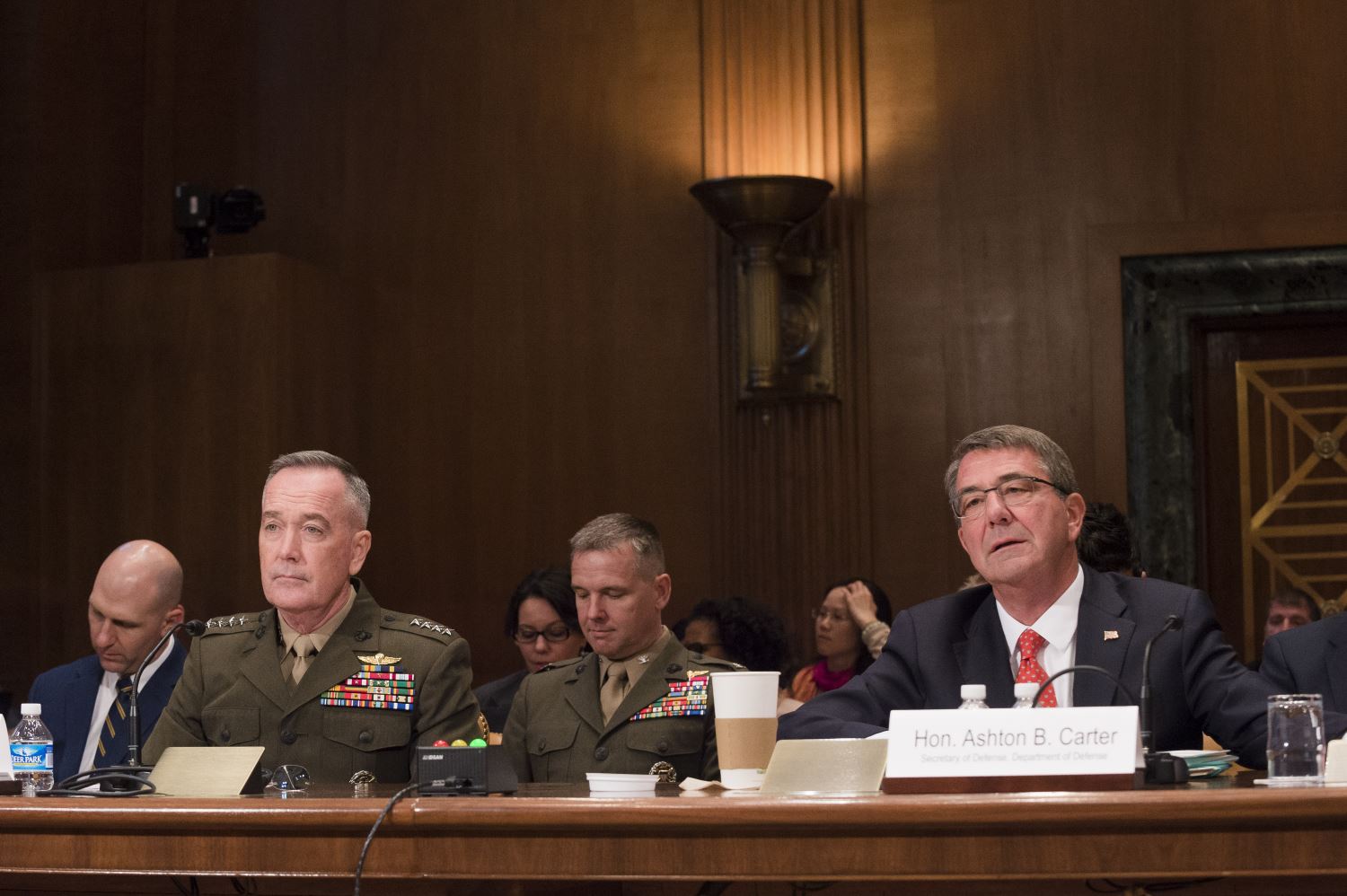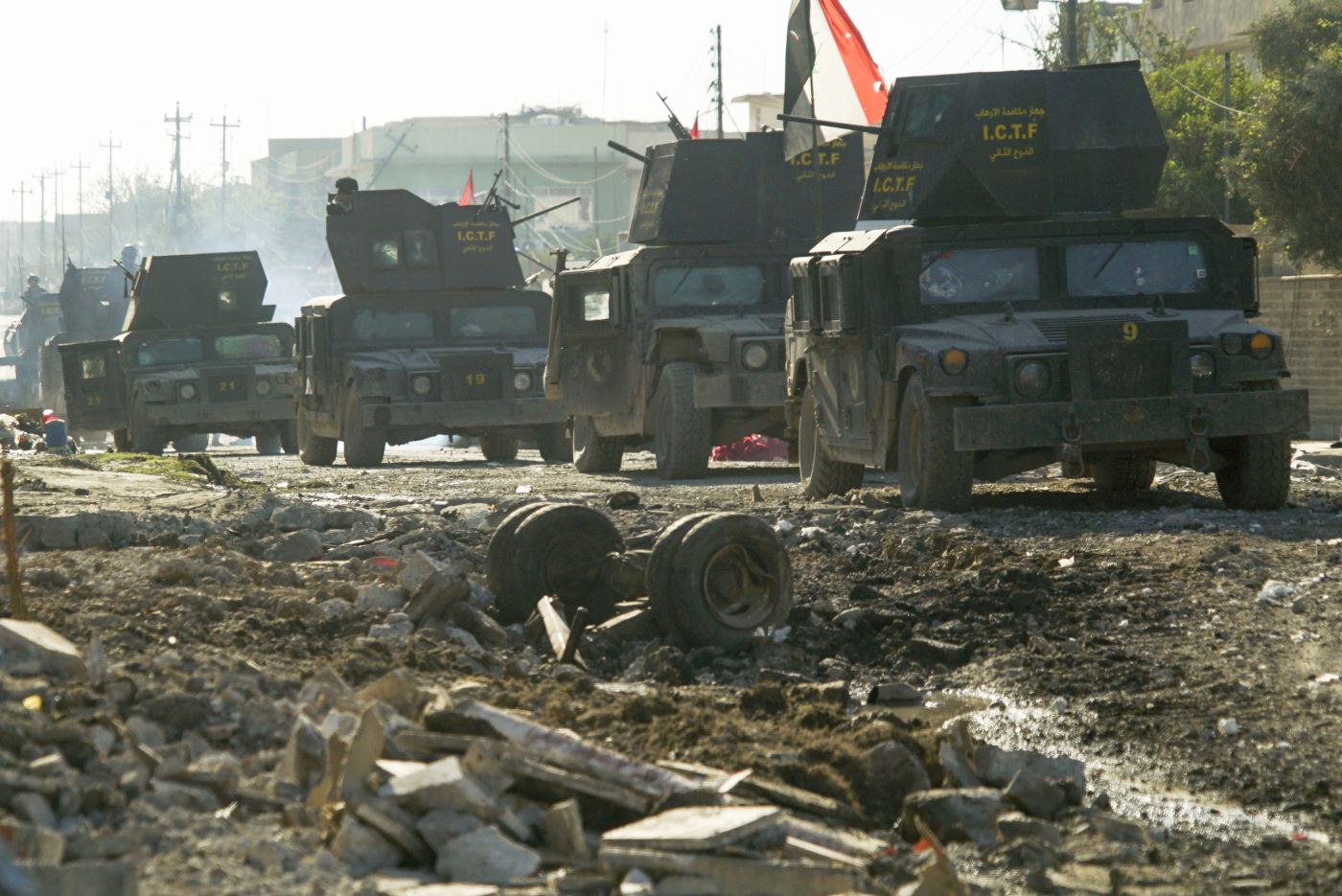The Enduring Dilemma of Overseas Contingency Operations Funding
Overseas Contingency Operations (OCO) funding poses challenges for the new administration as they prepare its FY 2018 budget request. OCO funding is intended for war-related activities that cannot be forecasted. However, it has become a convenient loophole for defense spending since it is not restricted by the Budget Control Act (BCA) budget caps. This analysis address the challenges presented by OCO funding and possible options for handling base budget activities in OCO.










